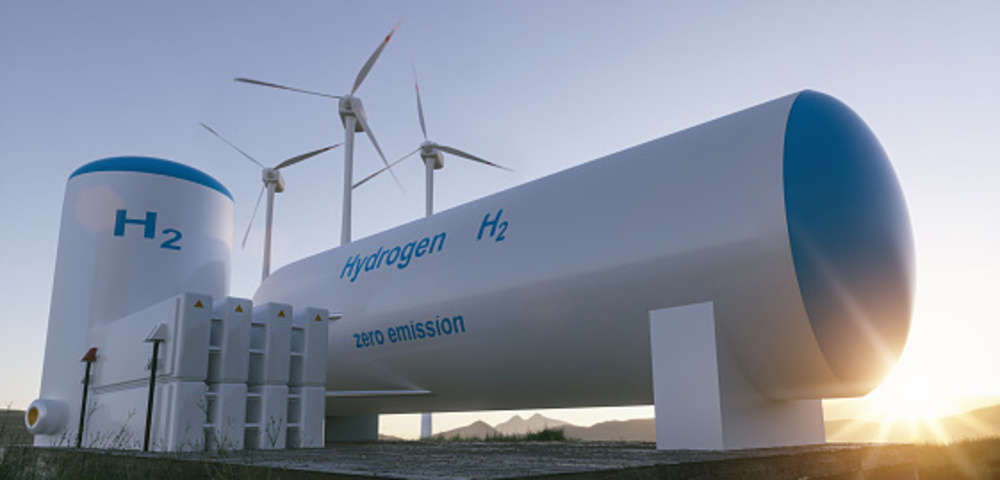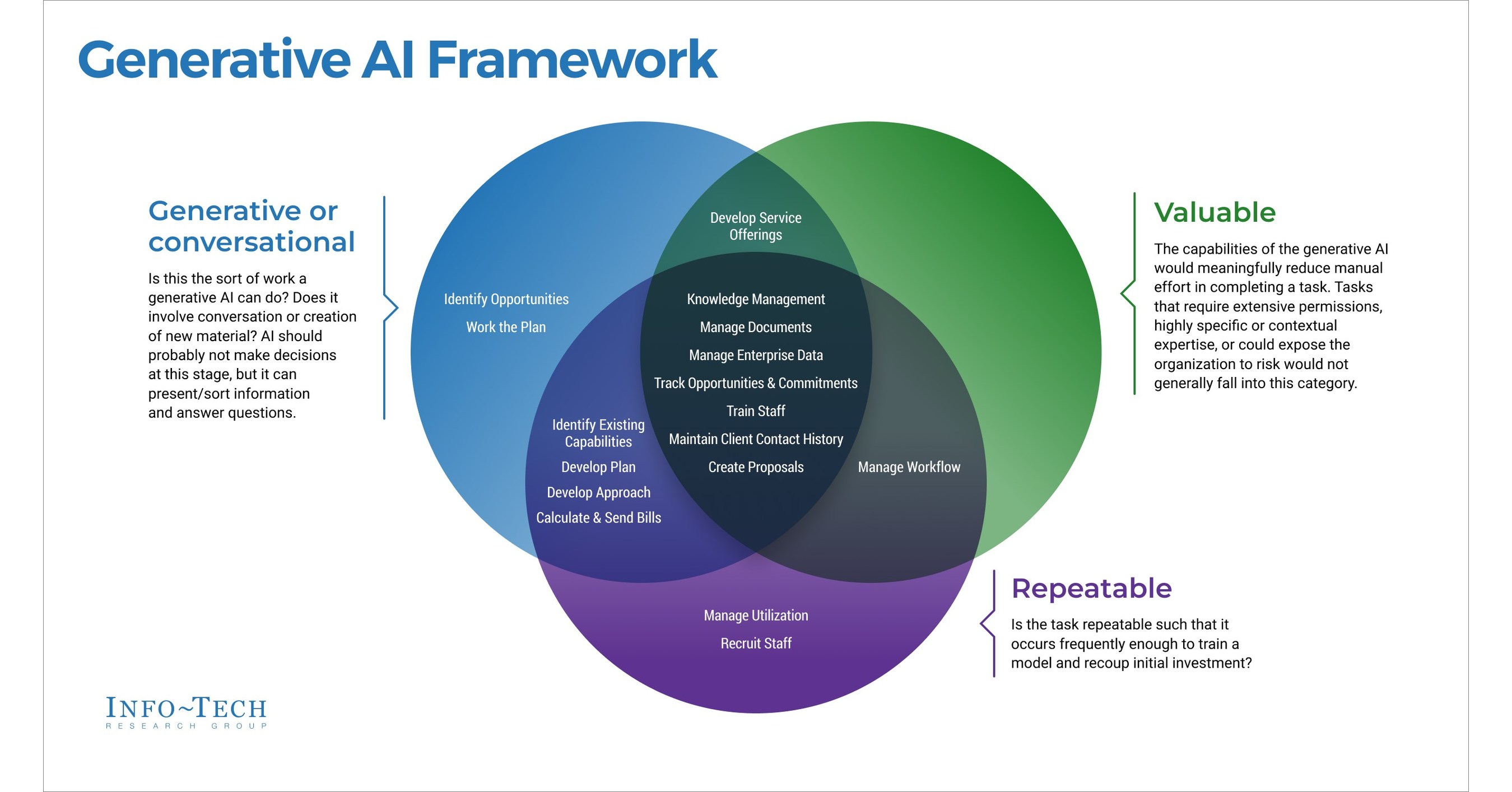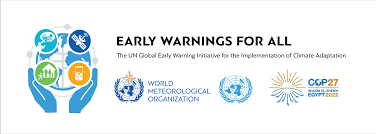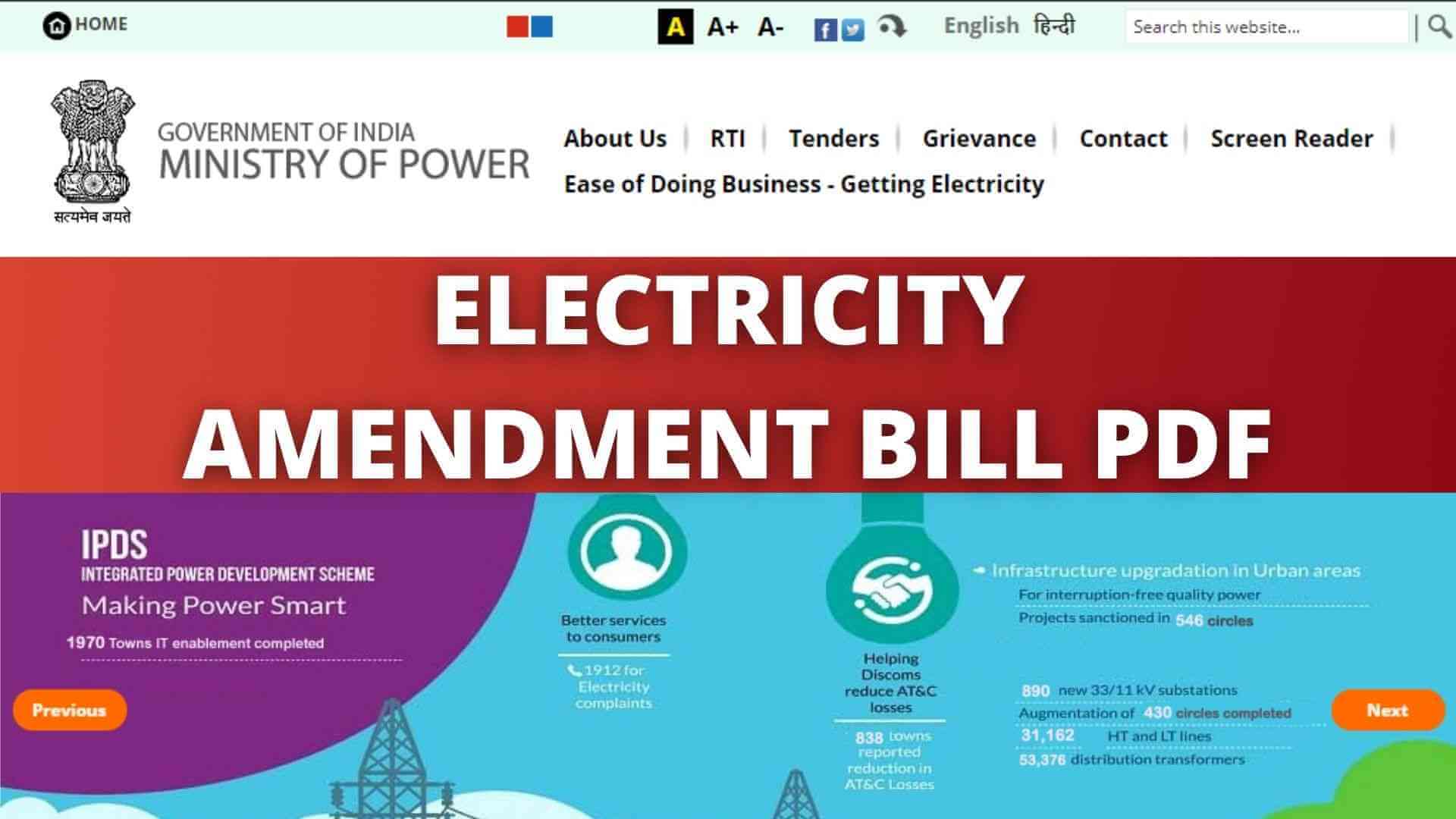BANGLADESH & INDIA RELATIONS
Till 1947, Bangladesh was a part of British India. After partition on 14th August 1947 it was included into Pakistan. But because of its geographical distances from Islamabad, the political apathy of leaders of Islamabad it lacked in process of development.
-India Bangladesh Borders-
The border is 699 km (434 m) long, and adjoins the Indian states of Assam ,Arunachal Pradesh , West Bengal , and Sikkim .
Language Barrier-
The languge is the main problem between the two Pakistans, since the East Pakistan people speaks BENGALI and the west side speaks PUNJABI, SINDHI, and PUSTU languages.
Dominance by West-
West Pakistan try to dominate the EAST PAKISTAN, which the easterners refused.
Eastern part not given the post of PM.
Another fact is during a parliament election Mr. MUJIBUR REHMAN, a candidate from EAST PAKISTAN won . He was to be elected as prime minister but the west Pakistan side politicians do not agree.
Hence the Easterners protested for a separate nation, and India helped them, and the East Pakistan becomes a new nation called BANGLADESH.
Finally, in 1971, by efforts of ‘Mukti – Vahini Sena’ it was separated from Pakistan. The leader of nation was Sheikh Mujibur Rehman who was leader of separatist movement. India also contributed behind this partition.
The Port developed by China in Bangladesh?
In 2019, Bangladesh gave China access to two of its largest seaports—Chittagong and Mongla.
China also signed a deal to develop the Mongla port.
India Bengladesh relationships-
- There is much that unites the two countries- a shared history and common heritage, linguistic and cultural ties, passion for music, literature and the arts.
- Rabindranath Tagore, created the National Anthems of both India and Bangladesh.
- India was the first country to recognize Bangladesh as a separate and independent state and established diplomatic relations with the country immediately after its independence in December 1971 as a friendly South Asian neighbour.
-Treaty of friendship
In 1972, both countries had signed …treaty of friendship.
-Neighbourhood First policy.
Bangladesh occupies a key place in India’s Neighbourhood First policy. India's links with Bangladesh are civilisational, cultural, social and economic.
Economic Ties:
Bangladesh is the 6th largest trade partner of India.
South Asian Free Trade Area (SAFTA)
India has provided duty free quota free access to Bangladesh on all tariff lines except tobacco and alcohol under South Asian Free Trade Area (SAFTA) since 2011.
The bilateral trade between two countries has jumped to USD 18.2 billion in 2021-22 as compared to USD 10.8 billion in 2020-21.
Border Haats -
6 Border Haats (4 in Meghalaya and 2 in Tripura), have been approved by the Indian and Bangladesh governments.
Sharing of River Waters:
India and Bangladesh share 54 common rivers.
The Ganga Waters Treaty -signed in 1996 for sharing of waters of river Ganga during lean season (January 1-May 31).
Teesta Water dispute –
Is a dispute on Teesta river sharing agreement between India and Bangladesh.
Teesta River is a 414 km long river that rises in eastern Himalayas, flows through the Indian states of Sikkim and West Bengal and subsequently enters Bangladesh .
Bangladesh started work on the "Teesta Barrage" irrigation project in 1998. A temporary agreement with a 15-year duration stated that India would receive 42.5% of Teesta's water and Bangladesh would receive 37.5% in 2011.
No treaty has been signed yet to resolve the Teesta water-sharing dispute between the two nations.
Kushiyara Pact –
The Kushiyara Pact was signed that will benefit people in Southern Assam and the Sylhet region in Bangladesh.
India and Bangladesh reached an interim agreement on water sharing for the Kushiyara River.
Connectivity:
India and Bangladesh share 4096.7 Km. of border, which touches Assam, Tripura, Mizoram, Meghalaya and West Bengal.
Transit and trade through inland waterways have been governed by a long standing and time-tested protocol between Bangladesh and India.
Tourism:
According to the Ministry of Tourism, Bangladesh accounted for the largest share of foreign tourist arrivals in India , including tens of thousands of people who come to the country for medical treatment.
-Ceremonies at Petrapole &Benapole -
From November 2013, Wagah Border like ceremony (parades, march-past and lowering of the national flag)is being organised at…
-Petrapole (in West Bengal, India)
- Benapole(Bangladesh) border checkpoint.
-Land Boundary Agreement –
India and Bangladesh exchanged the instruments of the Land Boundary Agreement promising an end to the “stateless existence” of more than 50,000 people in ……162 enclaves on both sides of the border. the two countries has swaped some 200 tiny enclaves dotted around the border. Their inhabitants have been deprived of public services and living in squalid conditions.
-100th Constitutional Amendment (100 amendment Act)
The Union Cabinet in 2015 approved the 119th Constitutional Amendment Bill on Land Boundary Agreement (LBA) between India and Bangladesh.
Under the land boundary agreement, India and Bangladesh will exchange several enclaves which are under each other's adverse possession. The bill also includes the territories in Assam in addition to territories of West Bengal, Tripura and Meghalaya.
-On CAA-Citizenship Amendment Act (CAA)-2019
In 2019, the Indian Parliament passed the Citizenship Amendment Act (CAA), following which Bangladesh's Foreign Minister AK Abdul Momen and Home Minister Asaduzzaman Khan cancelled their trips to India.
Bangladeshi Prime Minister Sheikh Hasina was critical of the CAA, describing it as "not necessary" but is an "internal matters" of India.
|
What is CAA-2019 ? -The Act has amended the Citizenship Act, 1955 to give eligibility for Indian citizenship to illegal migrants who are Hindus, Sikhs, Buddhists, Jains, Parsis and Christians from Afghanistan, Bangladesh and Pakistan, and who entered India on or before 31 December 2014. -The Act does not mention Muslims. -The Act creates an exception for Hindus, Sikhs, Buddhists, Jains, Parsis and Christians from Afghanistan, Bangladesh and Pakistan, with regard to this qualification. -For these groups of persons, the 11 years’ requirement will be reduced to five years. |
-Chattogram and Mongla ports –
In 2018 ,India and Bangladesh signed an agreement to use the Chattogram and Mongla ports in Bangladesh for movement of goods .
Growing Chinese Influence in Bangladesh:
At present, Bangladesh is an active partner in the Belt and Road Initiative (BRI) (India is not a part of BRI).
Bangladesh imports Chinese military equipment, including submarines, in the defense sector that is major concern for India’s National Security
|
Q. With reference to river Teesta, consider the following statements: (2017) 1-The source of river Teesta is the same as that of Brahmaputra but it flows through Sikkim. 2-River Rangeet originates in Sikkim and it is a tributary of river Teesta. 3-River Teesta flows into Bay of Bengal on the border of India and Bangladesh. Which of the statements given above is/are correct? (a) 1 and 3 only (b) 2 only (c) 2 and 3 only (d) 1, 2 and 3 Ans: (b |



.jpg)
.jpg)
.jpg)
.jpg)
.jpg)
.jpg)





